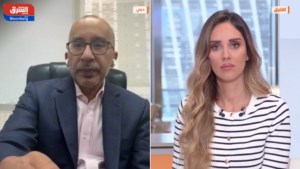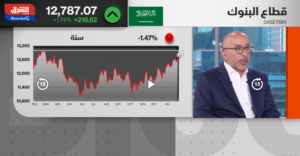These days, you cannot pick up a newspaper without seeing another story about the sluggishness of the real estate markets… and about the economy in general. The checks and balances that we are told exist in the marketplace have apparently been absent until recently, or so the feeling goes.
The recent announcement about the formation of a real estate committee was greeted with approval from stakeholders, with calls to curb supply that apparently had gotten way ahead of itself. While oversight is welcome, it is important for the committee to address the structural as well as cyclical causes that result in asset price declines.
It is easy to get lost in the labyrinth of numbers that analysts throw out year after year, warning about excess supply that has built up in the ecosystem. To be sure, these excesses have to be absorbed, but pull back and another variable comes into focus.
Dampened demand
It has not been the supply side that has run away (averaging less than 20,000 units a year since 2013), but the demand engine that has been subdued. The simple reason for this has been the strength of the dollar, which historically, has always had a negative correlation with that of emerging markets. This time has been no different.
Higher prevailing interest rates than those in the US have added to the negative pressure that demand drivers have been experiencing. This obviously begs the question of what the future direction of the dollar is likely to be. And with interest rate reductions underway, it appears likely that the days of dollar strength are at their sunset.
It is bizarre that news of recent rate cuts (actual as well as anticipated) have fuelled the currency when past experience suggests the opposite to be the case. In 2007 when the US Federal Reserve embarked on their programme of interest rate cuts, the markets initially rallied; receiving the news warmly and few questioned the fact that this was bad news.
Over the next couple of years, however, equity markets lost 50 per cent of their value, and the dollar tumbled as the extent of economic weakness was made clear. The dollar’s decline laid the grounds for emerging markets to rally in 2009-10 as liquidity flowed to high growth markets.
While it is clear that we are not in for a repeat of that performance this time around, it is equally likely that the days of dollar strength are behind us, and interest rate cuts will likely fuel an emerging markets rally as funds flow into undervalued markets, with Dubai being among the prime beneficiaries.
This is despite forecasts by S&P for moderate growth in the UAE to continue. Remember that it was the same agency that as late as 2007 was stating that there was no froth in the real estate markets in the US. Only later to conclude that “ahistorical behavioral models” by homeowners was responsible for the subsequent crash, as if consumers were at fault for not living up to the past.
The real problem is that the models’ mathematical formulas look backward while life is lived forward. Unfortunately, this is unlikely to change.
Reforms must do their part
In Dubai, the real estate market (as well as the economy in general) is dominated by a lot of small real estate speculators – otherwise known as homeowners, many of whom have taken out loans against the very investment that they live in. This sharpens the pain, but fails to drive home the point.
Price cycles are part of the ecosystem, but during times of sluggishness, access to liquidity becomes paramount. Specifically, when projects stall, private sector investors suffer, and this sets off a contagion effect, conspiring against the reforms that are introduced.
The real estate committee has set up an ambitious agenda for itself in order to balance the market and put the needs of the private investor first and foremost. It would do well as part of its mandate, to address stalled development projects and provide liquidity and regulatory mechanisms (for both developers and investors) to resuscitate the same, while leaving the exogenous macroeconomic factors (the dollar) to take care of itself.
Such stimulus measures will ensure the broader package of regulatory reforms will not conspire against the human behavior being witnessed on the ground, and that the revival of asset prices will be built on private sector participation.
Sameer Lakhani is Managing Director at Global Capital Partners.





